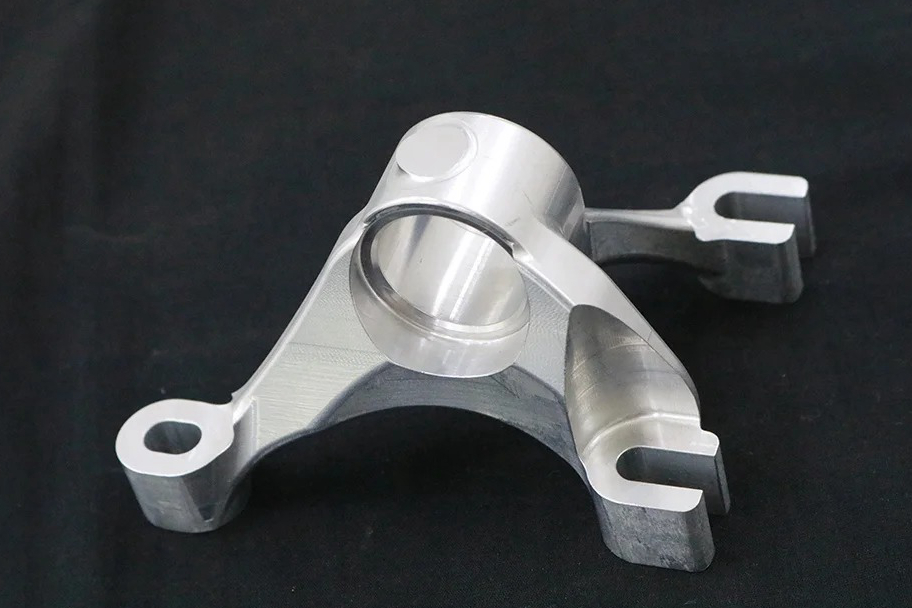Innovative Aluminum 3D Printing for High-Strength, Corrosion-Resistant Parts
Introduction to High-Performance Aluminum Additive Manufacturing
Aluminum alloys offer a compelling combination of low weight, high strength, and corrosion resistance—ideal for aerospace, defense, marine, and energy industries. With additive manufacturing (AM), aluminum can now be shaped into highly efficient, geometrically complex structures while meeting rigorous mechanical and environmental demands.
At Neway Aerotech, our aluminum 3D printing services utilize advanced Selective Laser Melting (SLM) processes to manufacture corrosion-resistant, high-strength parts for structural, thermal, and fluidic applications.
SLM Additive Manufacturing Capabilities for Aluminum Alloys
Technical Parameters
Parameter | Value | Application Benefit |
|---|---|---|
Layer Thickness | 30–50 μm | Supports fine detail and thin walls |
Minimum Wall Thickness | ≥0.8 mm | Enables lightweight internal structures |
Surface Roughness (Ra) | 8–15 μm | Can be polished or anodized for better finish |
Tolerance (as built) | ±0.05 mm | Suitable for precision assemblies |
Post-Processing | CNC, anodizing, polishing | Improves surface, function, and corrosion defense |
Aluminum Alloys Available for Additive Manufacturing
Alloy | UTS (MPa) | Key Benefits | Applications |
|---|---|---|---|
AlSi10Mg | 320–370 | Good corrosion resistance, high strength | Brackets, enclosures, heat exchangers |
AlSi7Mg | 280–320 | Better elongation, low thermal distortion | Marine housings, heat sinks |
Scandium-Al | 400–500 | Grain refinement, elevated strength | UAVs, motorsport, aerospace frame structures |
Why Aluminum 3D Printing for Corrosion-Resistant Components?
Lightweight Strength: High specific strength for optimized weight-to-performance ratio in moving systems.
Corrosion Protection: Naturally passivated aluminum with optional anodizing for marine or outdoor use.
Thermal Conductivity: Suitable for heat sinks, cold plates, and electronic housings.
Design Efficiency: Internal cooling, venting, and stiffening features embedded without assembly.
Reduced Lead Time: No tooling, shorter cycles for prototypes and spares.
Post-Processing Workflow
Stress Relief: Heat treatment at 300–350°C to reduce residual stress and improve isotropy.
CNC Machining: Final surface finishing of threads, seals, or mating surfaces.
Surface Finishing: Options include polishing, bead blasting, and anodizing for corrosion resistance.
Case Study: Corrosion-Resistant Aluminum Heat Exchanger for Naval Drone
Project Background
A defense OEM required a lightweight, corrosion-resistant aluminum heat exchanger with internal cooling channels, optimized for thermal transfer and saltwater operation. Traditional brazed assemblies failed early due to crevice corrosion and weld joint fatigue.
Manufacturing Workflow
Material: AlSi10Mg for its balance of strength and corrosion resistance.
Printing: SLM at 40 μm layer thickness, inert gas shielding.
Post-Processing:
Heat treated at 320°C.
Internal channels smoothed by abrasive flow finishing.
External surfaces anodized and CNC machined on sealing faces.
Inspection: CT scanning for voids, CMM inspection for geometry validation.
Results and Verification
The part achieved a 35% weight reduction and extended operational lifespan by 3× over the previous welded assembly. Heat transfer efficiency increased by 22% due to optimized fin geometry, and all pressure tests (up to 6 bar) passed without leakage.
FAQs
What corrosion resistance levels can be achieved with 3D printed aluminum parts?
Can aluminum SLM parts be used in saltwater or marine environments?
What is the recommended post-processing for high-strength aluminum parts?
Are internal cooling or airflow channels possible in aluminum 3D printed designs?
How does printed aluminum compare to cast or billet aluminum in fatigue resistance?

